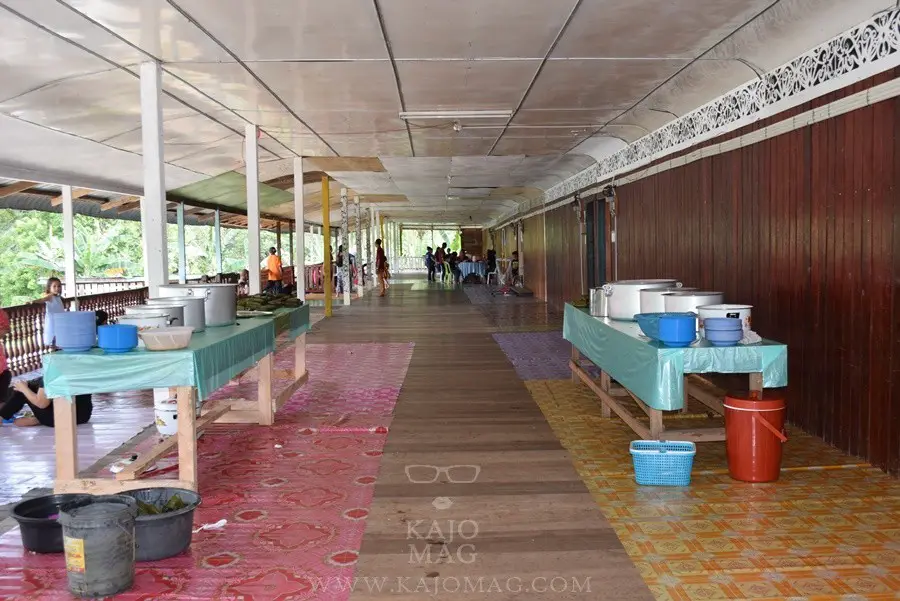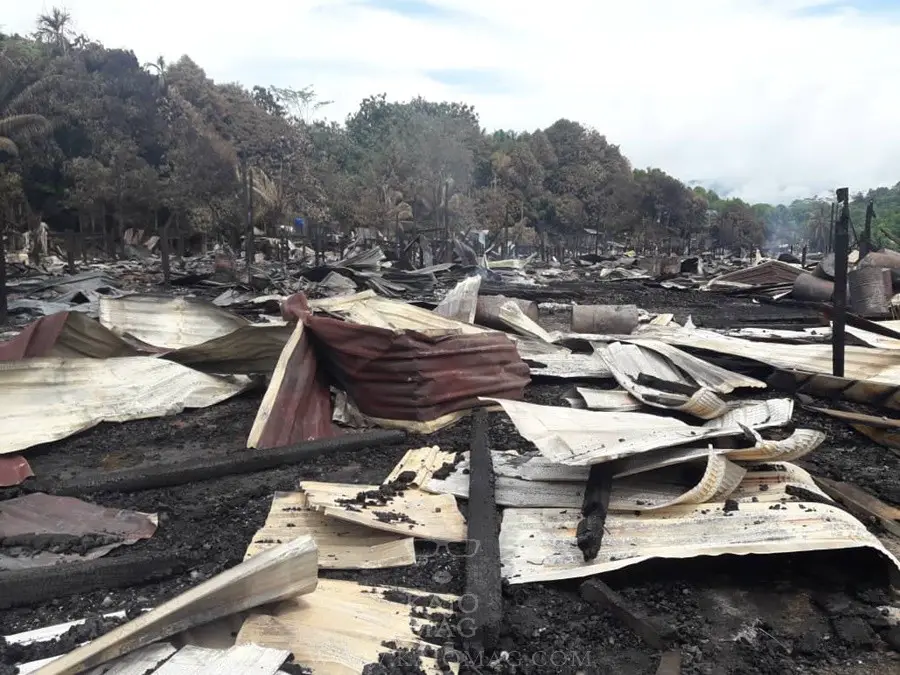Owen Rutter (1889-1944) was one of the most celebrated English travel writers in the early 20th century.
He was also an English historian and novelist who travelled through Borneo, Hong Kong, Taiwan, Japan, Canada and the United States.
During his journey, he collected stories and legends for his long list of books.
One of those interesting stories Rutter recorded was a love story of a pirate and a slave published in his 1930 book The Pirate Wind: Tales of the Sea-Robbers of Malaya.
Daud, the Malay pirate and his slave girl

There was a pirate – whom Rutter called Daud – who fell in love with one of the slave girls living on the Sarawak river.
Daud was so in love with her that he offered to buy her from her master but he was denied. (Slave women were often highly prized by their masters and more sought after compared to slave men.)
Since Daud could not get his woman through legal means, he began an affair with her instead. When night time fell, the slave woman would sneak out to the jungle into Daud’s arms.
Shortly after the affair started, her master found out. So the master sent word to Daud telling him to present himself at the court.
Obviously very much in love, Daud agreed to appear in court in order to free his lover and be with her.
On that day, Daud came to the court with his brother. After much discussion, those present in the court agreed that if Daud could produce a brass cannon, the girl could belong to him.
Rutter wrote, “The amount was enormous, even for a wealthy young pirate, but Daud agreed to the terms and he and his brother were allowed to depart.”
When the day of payment arrived, Daud showed up at the court without his brother. Unfortunately, he did not manage to raise the full amount, so he asked for more time to collect the money.

The tragic end to a love story
The council then deliberated for a while. Finally, the court decided that Daud should leave his kris (a small Malay dagger) as a pledge.
Reluctantly, Daud agreed even though for him, his kris was his most precious belonging. But the thought of losing his woman was simply unbearable for Daud.
He then slowly unfastened the cord around his waist, bending down to lay his kris on the floor before the council.
It was the moment that the master waited for. Before Daud could even react, a group of men seized him from behind.
Then, one of the master’s men stabbed him with his own kris, as Rutter put it “into the hollow between Daud’s collar bone and neck – down to the heart that had beaten so wildly for the little slave girl.”
Unfortunately Rutter’s story ends there, and so we can only assume that the master went on his own merry way and that the slave girl mourned the loss of her lover and that of a happy ending.
But folk stories rarely have the happy ending so popularised by the Disney franchise. For more weird endings, check out these stories from Five interesting stories from Central Borneo.






















































